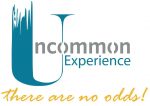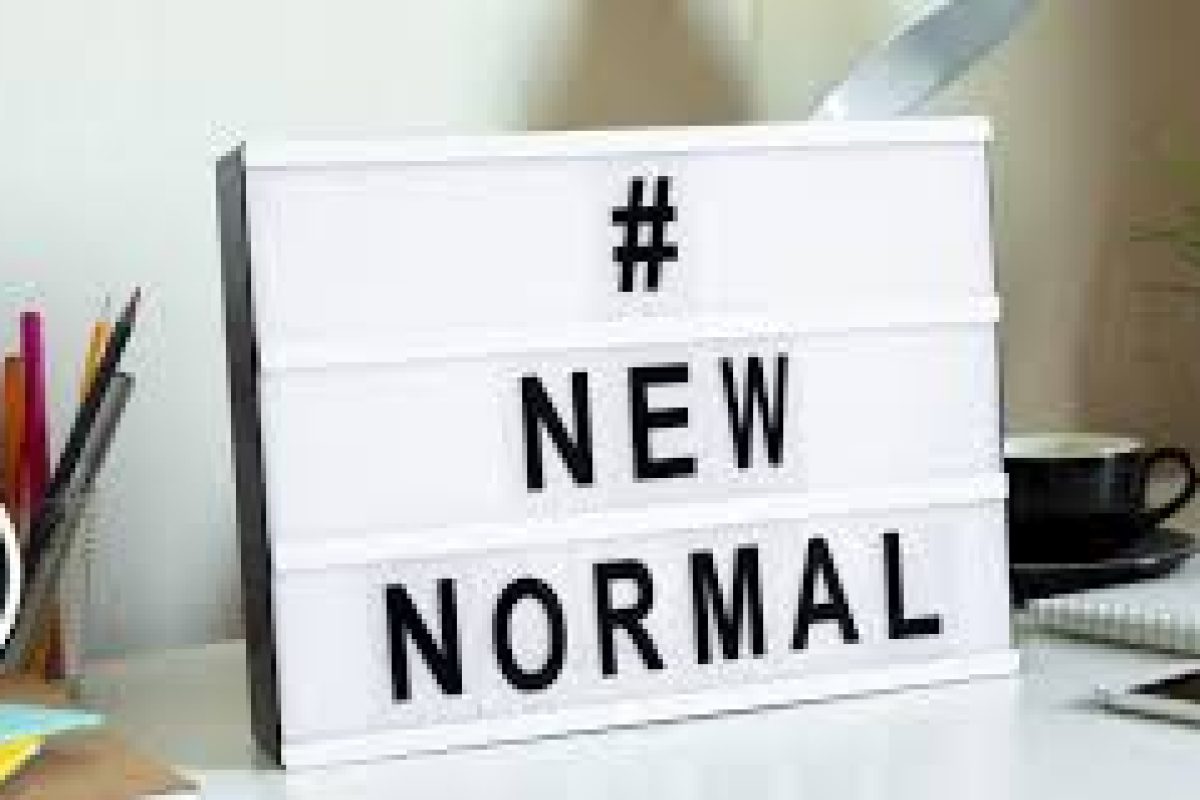In this era of economic instability, old consumer behavior paradigms are fast changing. With wallets tightening and a distinct sense of financial discomfort, consumers are rethinking their spending habits and reframing their priorities. The change from lifestyle-oriented, product-centric purchasing to a more cost-effective approach is more than a fleeting fad; it represents a fundamental shift in consumer psychology that is transforming the entire commerce landscape.
As consumers prioritize value and affordability over brand image and status, the consequences spread across industries. The era of ostentatious spending is giving way to a more realistic viewpoint, in which every purchase is evaluated for its utility and long-term value.
The shift in customer behavior has caused firms to adapt or risk being left behind in a rapidly changing environment. As a result of this economic shift, brands have scaled down their marketing costs. Traditional advertising, which was once a staple of brand promotion, is now being reconsidered in light of changing consumer preferences. Instead of investing in costly branding initiatives, businesses are redirecting their resources to strategies that appeal to budget-conscious customers. Targeted advertising, social media marketing, and influencer partnerships are all effective methods of reaching a wider audience while keeping costs in check.
Moreover, many firms are seeking to reduce overhead expenses by exploring alternative hiring options, such as recruiting management trainees from college campuses.
Companies are resolving to hire young talent to save on labor costs while also gaining new perspectives and unique ideas. This approach not only reduces expenses but also encourages a culture of learning and development within the organization.
One key factor driving this shift is the increased importance of discounting methods. Brands recognize that in a market where consumers are becoming more price-sensitive, offering discounts and promotions is critical for staying competitive. Whether it’s through flash sales, loyalty programs, or targeted discounts, companies are devising innovative ways to attract budget-conscious customers and boost sales.
As a result, we are seeing a shift in consumer spending habits, with many shoppers gravitating towards the bottom of pyramids.
This group, which prioritizes affordability and purchases driven by necessity, has a significant impact on market trends and consumer behavior. Adopting more cost-effective buying habits can have both advantages and disadvantages for consumers. On the one hand, it provides greater access to affordable products and services, allowing individuals to stretch their budgets. On the other hand, it also poses a risk of compromising quality or disregarding long-term value for short-term savings.
The shift towards more cost-effective buying habits is a reflection of the broader economic reality that both consumers and businesses face. In an uncertain world, adaptation and pragmatism are critical to managing the ever-changing market. As the trend toward cost-conscious consumption continues to evolve, brands must remain agile and responsive to the changing needs of consumers.
Businesses may only prosper in today’s economic world if they embrace change and innovate new tactics. check our other blogs


